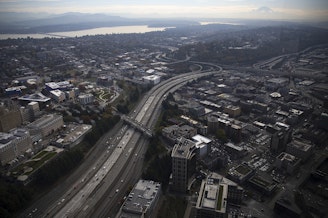This West Seattle deli owner wanted to get ahead of development rules. So he built apartments himself
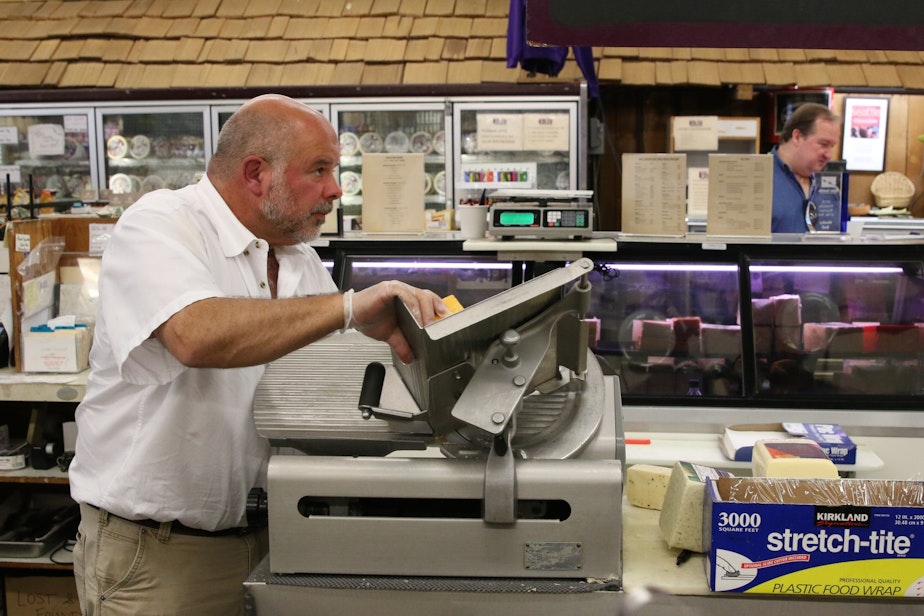
The story of the Husky Deli's new development illustrates a pattern: Some mom and pop developers in Seattle are finding it hard to build under Seattle’s new Mandatory Housing Affordability (MHA) rules. The law is meant to create more affordable housing. But one unintended consequence is it may change who builds the next round of housing in Seattle.
Many neighbors describe the Husky Deli as a reason for the West Seattle Junction's small town feel, despite the neighborhood's recent growth.
"The people are very friendly and know your name," longtime deli patron Joyce Wolff told me, between bites of butter pecan ice cream she bought there.
Jack Miller runs the deli, as his grandfather did when he started there in 1932, as Miller's father did before him. He still works behind the counter, as he has done since he was a kid in the 1960s, supervising a staff that includes many high schoolers working their first job. As we spoke, he placed cheese slices on a party platter.
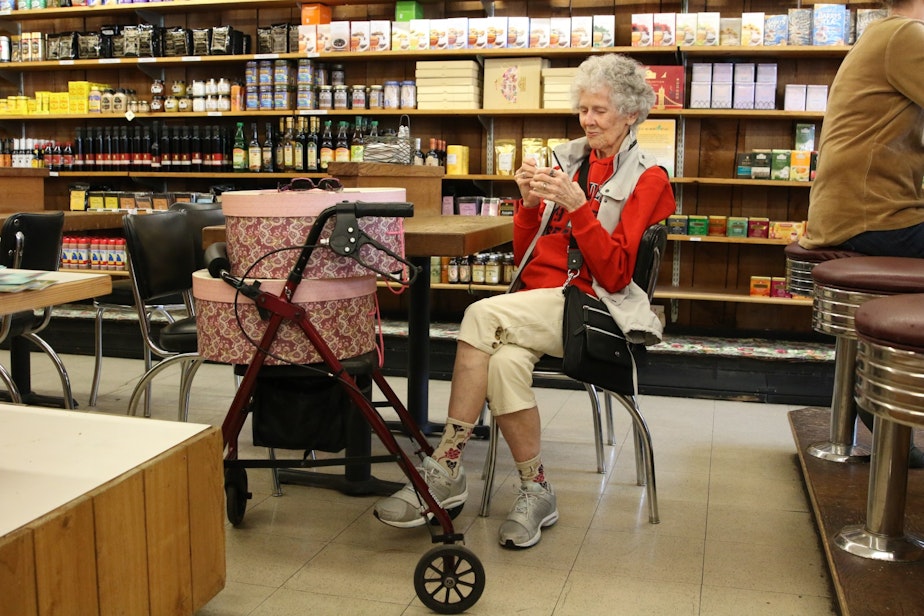
But Miller is taking on a new role, in addition to slicing cheese and scooping ice cream. He's becoming a real estate developer. His family will build an 82-unit apartment building a few doors down and move the deli onto the ground floor.
“To me – it’s all about the retail," said Miller, "That’s the whole reason I’m doing this is I want the Husky to have a nice home."
Miller said the old deli needs updating. The decor and the equipment haven't been updated in a long time. "The apartments will help fund the thing. It’ll help us survive. And maybe I can retire some day.”
Sponsored
Miller’s project has concerned some residents of West Seattle because at almost 85 feet tall, it’s much bigger than what’s there now. But Miller is from the neighborhood, so he was careful to listen to neighbors' concerns where the could. And he’s also won some fans.
Amanda Sawyer, of the group JUNO (which stands for Junction Neighborhood Organization), is one of those fans. She said she doesn't want to see California Avenue (the main street through the junction) turn into a wall of tall buildings. She said she likes that Miller’s building would step back from the street, letting in more light. She likes that the project would include wide sidewalks out front.
“I think it’s great that they got the community involved and really listened,” she said.
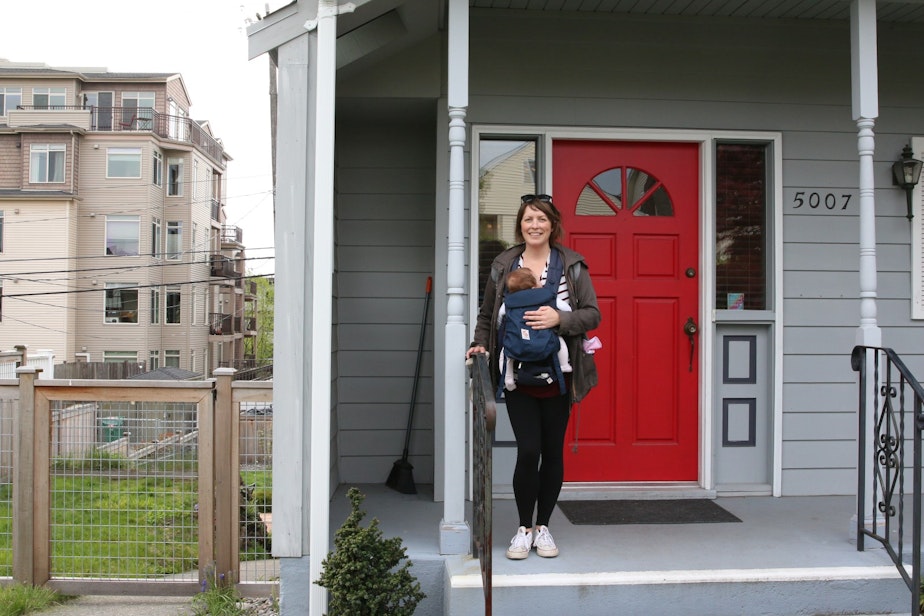
But Miller’s project will not include affordable housing. That's because it was submitted to the city before Mandatory Housing Affordability rules, known as MHA, came into effect.
Miller said he appreciates the need for affordable housing, but said his project would not have worked under the new rules. The new rules require developers to help Seattle build more affordable apartments. The units may be built, or the developer can pay a fee so someone else can build them. The city softens the blow by letting developers build up an extra story in height. By state law, what's given and what's taken in this exchange must be roughly equal.
But the problem for small developers like Miller's family is that the right to build a taller building isn’t necessarily a gift because it’s so much more expensive. “To do that you’d have to change your whole structure," Miller said.
For example, in Miller's case, his part of the neighborhood was upzoned from 85 feet to 95 feet. The extra height would make his building a high rise. High rises are built out of concrete or steel, which is much more expensive than wood. “So it’s kind of like sticking a carrot out there that nobody’s going to go for," he said. "It sounds nice, but it doesn’t work.”
Sponsored
MHA doesn’t create this problem everywhere. In some low-rise zones, it’s easy to just add another story out of wood studs. It doesn’t cost that much.
But in other parts of the city, MHA will influence what gets built, and who builds it, architect David Neiman said. He says his office just finished working on a raft of projects that were trying to come in before everything changed. For many of his clients, “there was an existential crisis about whether their projects were going to be feasible.”
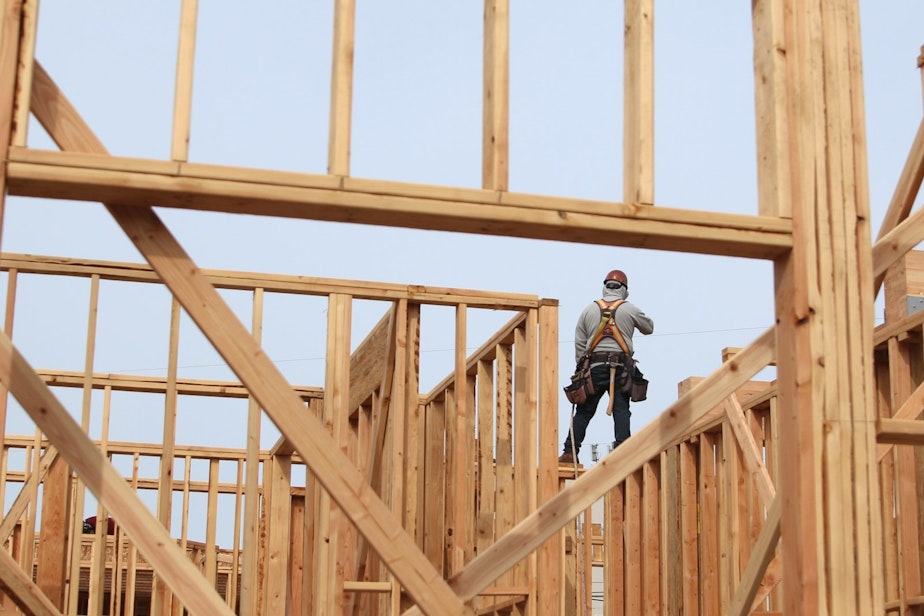
MHA is one of many factors influencing the cost of housing, and who can afford to build in Seattle. Other factors include tariffs, demographics and building cycles.
Neiman said mom and pop developers are showing up less frequently in his office now. Instead, he’s seeing interest from a different kind of developer: institutional investors.
Some bring money from places like San Francisco and Vancouver, B.C., Neiman said.
Others manage the investments of wealthy people from all over the world. Their projects have a very different reason for getting built. They don’t need to make a quick profit, Neiman said.
“I describe them as money holes," Neiman said. "They are taking money from people whose biggest problem is that every month another 100 million comes over the wall and they have to find a place to stuff it. So they’re not as focused on the specific returns on that project as – 'Is this a safe place to park capital for 40 years?'”
Sponsored
According to Seattle Business Magazine, Seattle ranks third highest in the world for cities where global investors would like to buy up property.
And under MHA rules, anything those investors build will have to contribute to affordable housing. So maybe they’ll step in to build when local developers can’t.
The city estimates MHA could generate 6,000 affordable housing units over the next 10 years.



